Closed list
Closed list describes the variant of party-list systems where voters can (effectively) only vote for political parties as a whole; thus they have no influence on the party-supplied order in which party candidates are elected. If voters had some influence, that would be called an open list. Closed list systems are commonly used in party-list proportional representation, but most mixed electoral systems also use closed lists in their party list component.
| Part of the Politics series |
| Electoral systems |
|---|
.svg.png.webp) |
|
|
In closed list systems, each political party has pre-decided who will receive the seats allocated to that party in the elections,[1] so that the candidates positioned highest on this list tend to always get a seat in the parliament while the candidates positioned very low on the closed list will not.
However, the candidates "at the water mark" of a given party are in the position of either losing or winning their seat depending on the number of votes the party gets. "The water mark" is the number of seats a specific party can be expected to achieve. The number of seats that the party wins, combined with the candidates' positions on the party's list, will then determine whether a particular candidate will get a seat.
List of locations with closed list systems

Closed list proportional representation
 Algeria
Algeria Angola
Angola Argentina
Argentina Armenia
Armenia Benin
Benin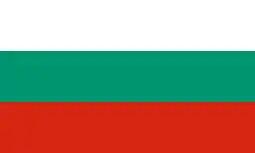 Bulgaria
Bulgaria Burkina Faso
Burkina Faso Burundi
Burundi Cambodia
Cambodia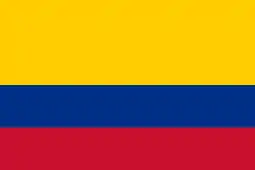 Colombia (depending on the party)
Colombia (depending on the party) Costa Rica
Costa Rica Dominican Republic[2]
Dominican Republic[2] East Timor
East Timor Equatorial Guinea
Equatorial Guinea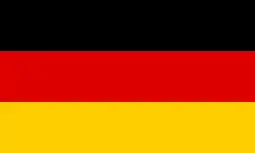 Germany (mixed-member proportional representation)
Germany (mixed-member proportional representation)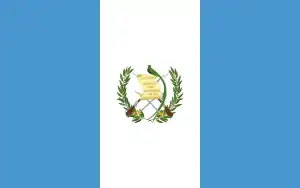 Guatemala
Guatemala Guinea-Bissau
Guinea-Bissau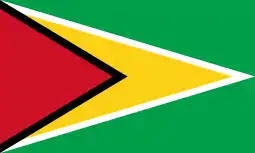 Guyana
Guyana Hong Kong (1997-2016)
Hong Kong (1997-2016) Iceland
Iceland Israel
Israel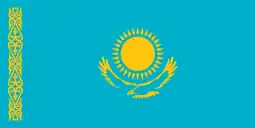 Kazakhstan[3]
Kazakhstan[3] Kyrgyzstan
Kyrgyzstan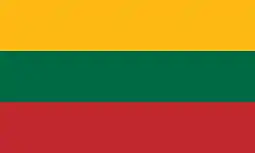 Lithuania (1992-1997) (Seimas and munipalities' councils)
Lithuania (1992-1997) (Seimas and munipalities' councils)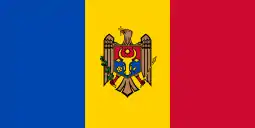 Moldova
Moldova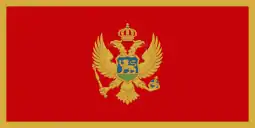 Montenegro
Montenegro Morocco
Morocco Mozambique
Mozambique Namibia[4]
Namibia[4]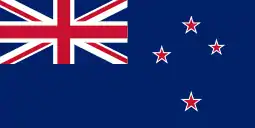 New Zealand (mixed-member proportional representation)
New Zealand (mixed-member proportional representation) Nicaragua
Nicaragua Niger
Niger North Macedonia
North Macedonia Paraguay
Paraguay Portugal
Portugal Romania[5]
Romania[5]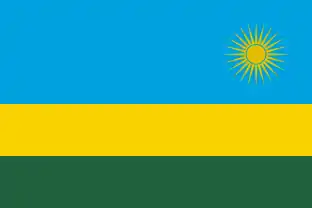 Rwanda
Rwanda Serbia
Serbia South Africa
South Africa Spain
Spain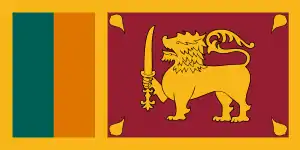 Sri Lanka
Sri Lanka Togo
Togo Tunisia
Tunisia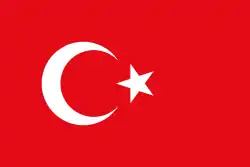 Turkey
Turkey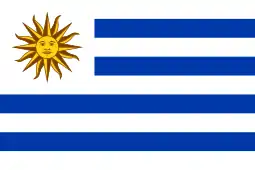 Uruguay
Uruguay
References
- "Open, Closed and Free Lists —". ACE Project. Archived from the original on 28 June 2020. Retrieved 2 January 2021.
- "{title}". Archived (PDF) from the original on 2015-11-22. Retrieved 2018-09-02.
- Lundberg, Thomas Carl (22 October 2010). "Post-communism and the abandonment of mixedmember electoral systems" (PDF). University of Glasgow. Archived (PDF) from the original on 2 January 2021. Retrieved 2 January 2021.
- "Elections - GRN Portal". www.ecn.na. Archived from the original on 2018-07-21. Retrieved 2018-07-20.
- Filimon, Paul (20 July 2015). "Legea ALEGERILOR PARLAMENTARE pe LISTE, promulgată de Iohannis". România Liberă (in Romanian). Archived from the original on 2017-07-02. Retrieved 2018-05-24.
External links
- Country profiles at IFES
- Open, Closed and Free Lists at Ace Project